Art World
So You Want to Start an Art Collection. Here’s How
Whether for love or for investment, insiders have plenty of specific guidance about how to pursue this passion.
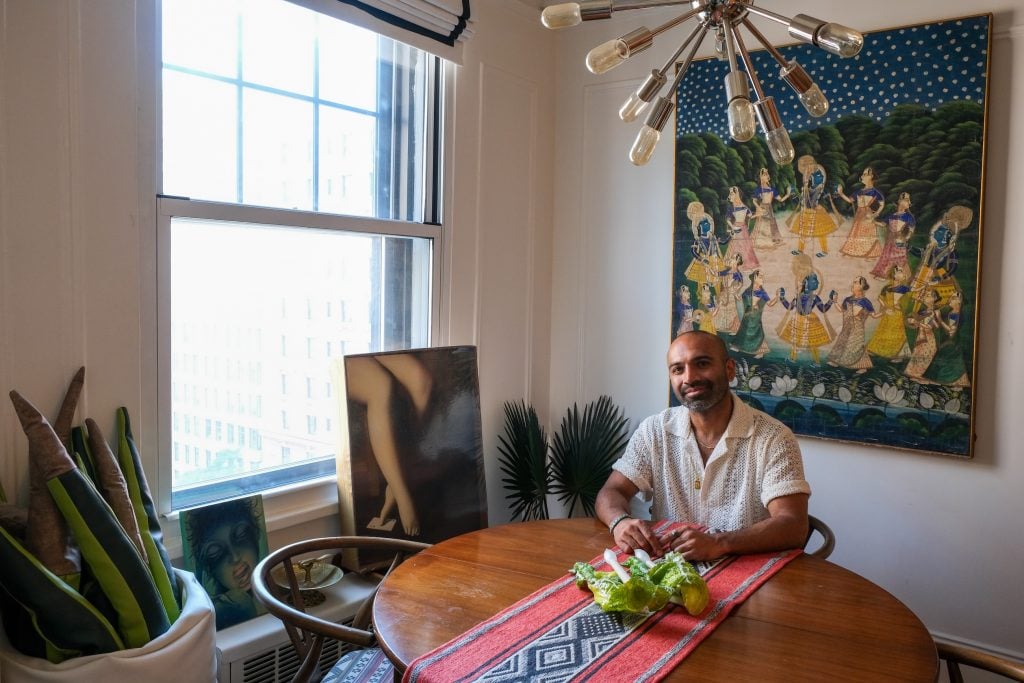
Today’s art collectors engage in a tradition that stretches back at least two millennia, to when well-heeled Romans decorated their homes with Greek sculptures. And if art buyers today aspire to be called a modern-day Medici, they’re calling back to an Italian family who lived during the Renaissance. The system that nurtured Raphael and Michelangelo has gradually grown into the sprawling global ecosystem of schools, dealers, auction houses, advisors, and fairs we know today, a market that totals, according to the latest Art Basel/UBS report, some $65 billion.
But how does one even begin to wade into a market that big? The aspiring collector faces a sphere that can seem exceptionally opaque, financially forbidding, dauntingly multifaceted, and lined with fraudsters. So how does a collector get started?
One question aspiring patrons may want to answer for themselves right away: what is my motivation? Am I buying for love of the work and a desire to live with art, or as a way to get involved in an interesting social scene, as an investment, or to engage in philanthropy by supporting artists?
A cautionary note: especially when the market is high, there is a lot of loose talk about art as an asset class, but answering a reader’s question recently for Artnet News about whether to invest an inheritance in stocks or in art, London art advisor Wendy Goldsmith put it about as bluntly as possible: “Don’t. invest. in. art.” You’ve been warned.
Where Do I Start?
Dealers and collectors all agree: before you ever reach for your checkbook, expend a lot of shoe leather visiting museums, galleries, art fairs, art school MFA exhibitions, auction houses great and small, and whatever other art venues you can find. Start to develop your own taste. Read voraciously about the artists you’re interested in. Talk to their dealers. Ask questions.
Some aspiring collectors find themselves in an art capital, where they can be in a real nerve center. New York medical device inventor/marketer Vikram Ravikumar is one of them. He made his first purchase, of a shaped canvas painting by Graham Collins, from his friend Ellie Rines, proprietor of New York gallery 56 Henry. She told me in 2019 that she was “very interested in being the first place that someone buys art,” and in keeping with that, she priced some works as low as $500 to $700—“the same amount you spend on a nice pair of shoes.”
For Ravikumar, being at the social center of the art world has been key—hearing other people’s takes on art and artists at openings and over drinks and at dinner parties has helped him to sharpen his own opinions. He’s also found it highly educational to watch other art collectors navigate the scene, especially since he doesn’t come from an art collecting family.
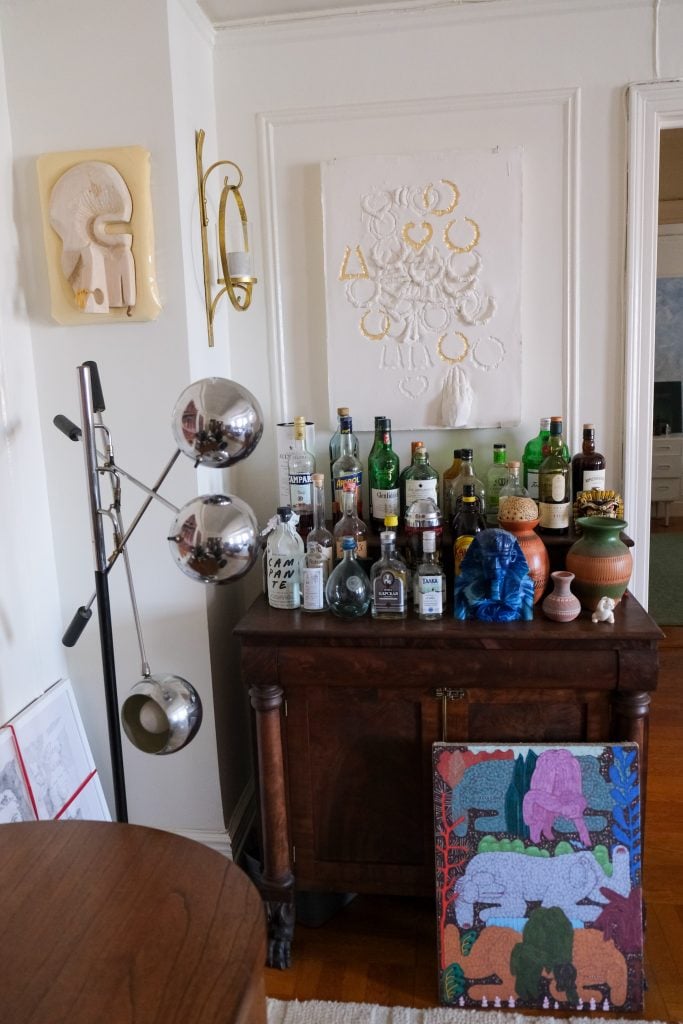
Works from Ravikumar’s collection, by artists LaKela Brown, Douglas Rieger, and Sophie Larrimore.
But you’ve got to have your own opinions, and not buy for cachet or because other people like the artist, Ravikumar says: “Go with your gut. It’s not like a stock you’re trading. It’s really important that it has a personal resonance with you.” A major model for him is Pennsylvania collector Albert C. Barnes, who built an eponymous museum that is chockablock with masterpieces by artists like Cézanne, Matisse, and Van Gogh—many of whom were deeply unfashionable when he bought them.
“Neither the money nor the art is going with you when you die, and he left behind all this incredible work in one place,” he said. “That’s the ultimate aspiration.”
Downtown New York galleries like 56 Henry, Strada, and Latitude, as well as KDR Gallery in Miami, have been important places for Ravikumar to find the artists he supports. He learns about artists on social media too, he says, but it’s more a scouting locale than a place to buy via DM. He’s also had good luck at events like the annual benefit at the Drawing Center.
Many nonprofits stage fundraisers, often featuring auctions, where beginning collectors can find affordable works by artists on the rise; this way, their collecting can also have a philanthropic dimension.
The New York Academy of Art, for example, has a high-profile “Take Home a Nude” event that helps support financial aid for its students. Art schools typically have end-of-year showcases for their graduating classes, and some residency programs, like NXTHVN, in New Haven, Connecticut, hook up with New York area galleries to organize annual shows of their residency cohorts.
What If I’m Not in an Art Market Capital?
Not to worry. There are great art galleries across the country, far away from the glitz of New York or Los Angeles, be they in Boston, Milwaukee, or Dallas. And art fairs, where anywhere from dozens to hundreds of galleries convene under one roof to hawk their wares, are known as one of the most efficient ways for collectors to survey art from all over the world, if they’re willing to hop on a plane and spend hours on their feet in a convention center (or hotel or any of the other unconventional places younger fairs take place).
The biggest fairs, such as Art Basel, make headlines with stratospheric prices, but even there, some dealers offer more accessible goods for newer collectors. And their so-called satellite fairs, smaller events taking place concurrently nearby, also showcase younger dealers offering more affordable goods. Red Arrow Gallery, from Nashville, Tennessee, staged an impressive presentation of artist Karen Seapker at the May 2024 Future Art Fair, which happened a mile or so south of that week’s big event, Frieze New York.
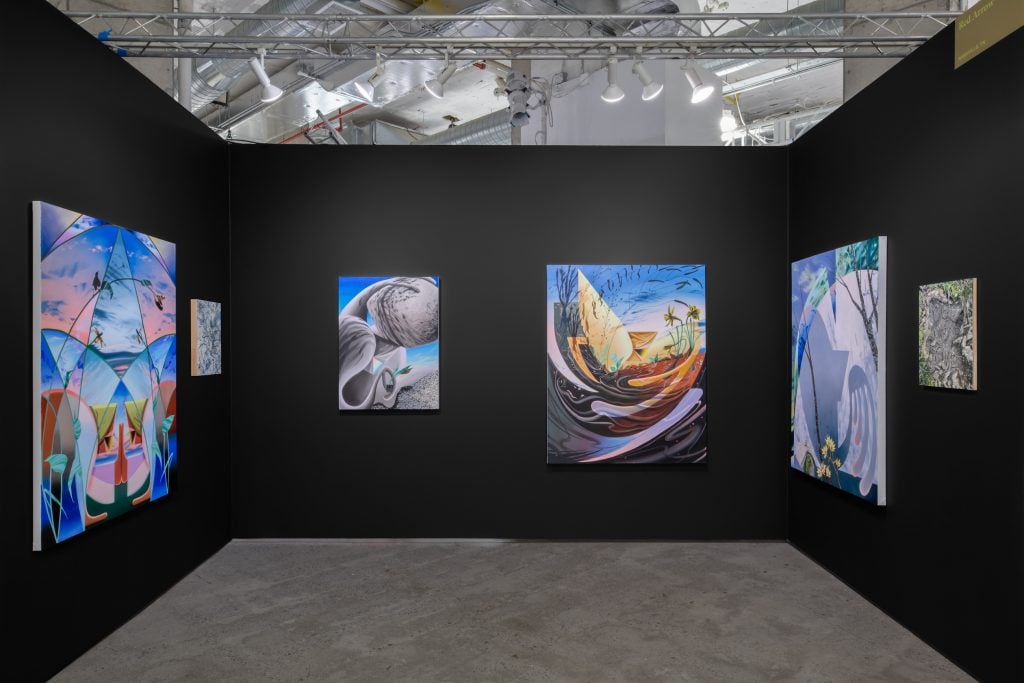
Red Arrow Gallery’s 2024 presentation of Karen Seapker at the Future Art Fair. Photo: Mikhail Mishin. Courtesy Red Arrow.
Founded in Joshua Tree, California in 2006 before relocating to Nashville in 2014, Red Arrow counts among its clients many new collectors, which aligns with the fact that the gallery is often giving artists their first opportunities as well. While the gallery has placed works for much higher prices, their bread and butter, says director Ashley Layendecker, tends to be works in the $1,000 to $15,000 range, where many beginning collectors are comfortable.
Layendecker really enjoys getting to know new collectors and helping them to identify their own tastes, she says. In addition to visiting museums and art fairs, she suggests that collectors spend time looking through magazines, auction catalogues, and museum exhibition catalogues and flagging or photographing the things that speak to them. A perceptive dealer can then look over these picks to help identify what resonates with the collector, be it abstraction, color, figuration, or a touch of the surreal, for example.
Besides galleries and art fairs and other public venues, Layendecker points out, there’s the studio visit, where potential patrons can see where the magic happens. “People can really fall in love with artists in the studio,” she says. “People in the industry take it for granted, but for a new collector to go into that space and be with the artist in that way is really special.”

Katie Shaw (left) and Ashley Layendecker (right) of Red Arrow Gallery, with artist Karen Seapker.
Collectors may have expectations, for example of how an artist’s works might appreciate in value, but Layendecker points out that collectors should know that dealers have their own expectations.
“Dealers hope collectors will not send works to storage but rather hang them in their homes for others to see and when possible, lend to museums and other exhibitions so they can be part of the larger art world conversation,” says Layendecker.
Be Ready for Luck to Strike
Sometimes, art collections start by luck. Collector and street fashion entrepreneur Jung Yeseul, of Seoul, made her first visit to a gallery in her home city just a few years ago, and happened upon an event there.
“I used to go to museums all the time, but in 2019, I visited a gallery for the first time,” she said. “G Gallery was holding an exhibition of a project to foster young artists, and it happened to be the first exhibition of Huh Suyon. I also saw a live drawing at that time, and I was so impressed that I bought three drawings and one painting for the first time—I couldn’t believe my luck!” She’s also an enthusiastic collector of artists such as Eddie Martinez and Choi Yoonhee. “I focused on works and artists that I wanted to keep until the end.”
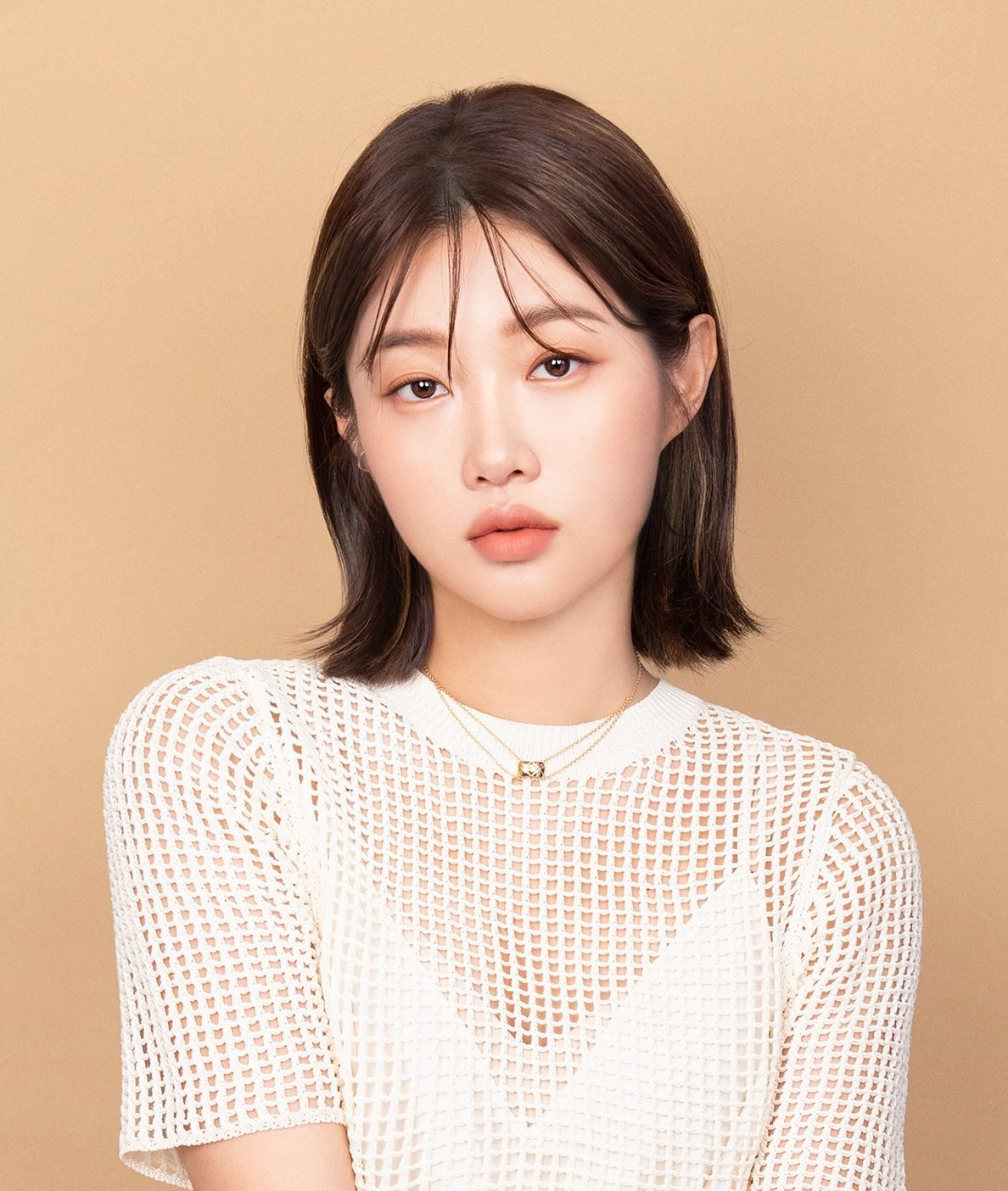
Jung Yeseul. Courtesy Sihyunhada Gallery.
Dakyung Lee, director at G Gallery, echoes Wendy Goldsmith’s directive about the reasons to buy art. “It is important to view collecting art as a leisure activity rather than as a specific purpose,” she says. “Collecting art should be approached with the same enthusiasm as pastimes such as skiing or horse riding.”
But if we happen to pick the right artists, she says, we can be part supporting something we really value.
“If we begin collecting a young artist at the outset of their career and monitor their progress, we are likely to become their most influential collectors in later years,” she says. “What could be more satisfying than being able to see the future of an author you love enough to own?”
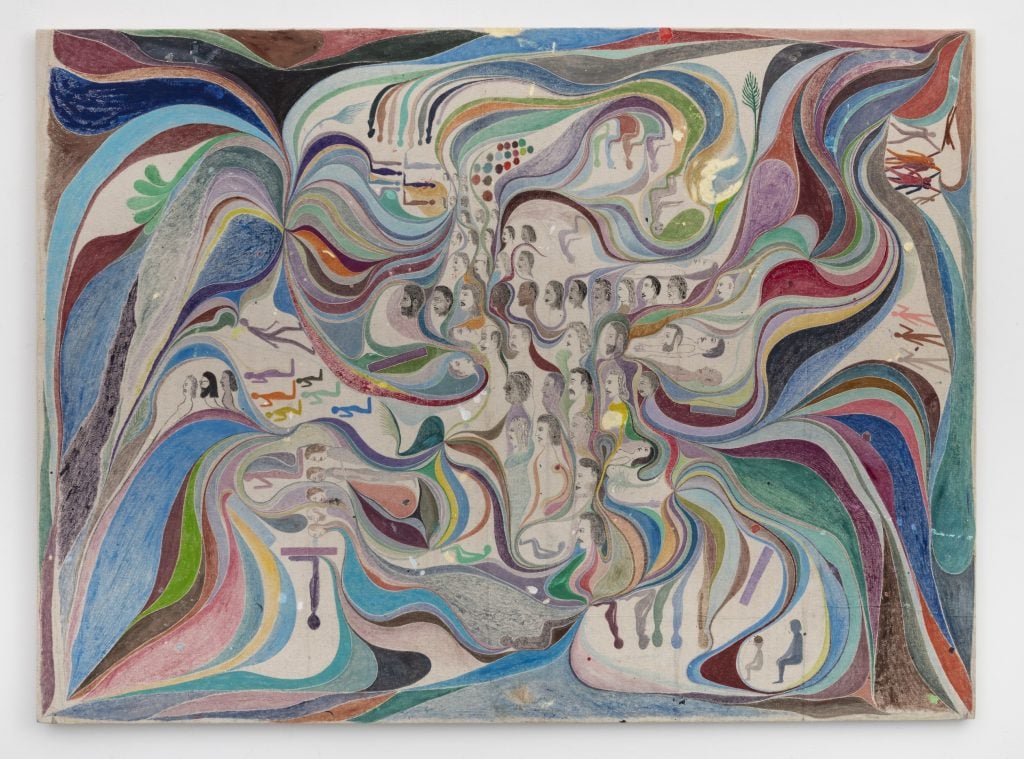
From the collection of Jung Yeseul, Chris Johanson, Is With And 1 (2021-2023). Courtesy of the artist and Mitchell-Innes & Nash.
Jung is perfectly happy even with her more impulsive purchases. But now, a few years down the road, she’s buying into a more considered approach, which brings us full-circle: start with your research.
“I’ve found that the collectible value of an artist’s work is more relevant to me when I understand the story behind it,” she says. “So from now on, I’m going to trust my gut instinct, but I’m also going to do a bit more research into the artist’s story or the story of the works before making a purchase.”





